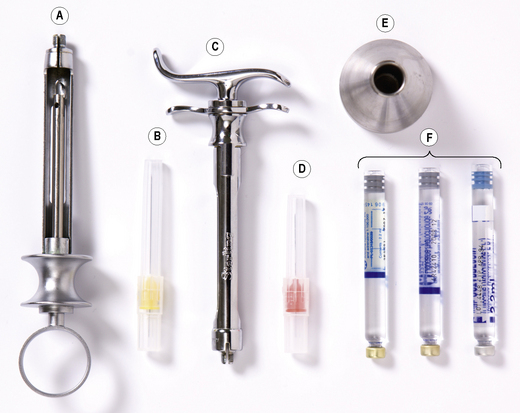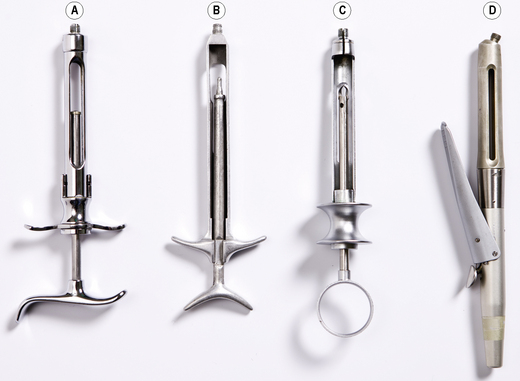CHAPTER 13 Pain and Anxiety Control
Introduction
The mental state can significantly influence our level of anxiety and pain perception. Most patients are able to accept non-invasive dental treatments with simply sympathetic management. However, operative treatments, especially those involving cutting or removing soft or hard tissue (surgery, implantology, endodontics, much conservative dentistry and some periodontology) can cause significant discomfort. In these situations, drugs may be needed for analgesia, sedation or anaesthesia. Orofacial pain is discussed in Chapter 5. Analgesic medications are discussed in Chapter 12.
Precautions in use of drugs for anxiety and pain control
It is important always to take a full medical and drug history, since the medical status or medications a person may already be taking can influence the choice of drugs (see Chapters 2 and 6). Certain drugs may need to be avoided or doses reduced in specific conditions. It is particularly important to ensure there is no history of allergy or untoward effect from the drug being considered.
Anaesthesia and sedation
Local anaesthesia
Local anaesthesia is generally a very safe procedure. It is made safer by ensuring that:
Types of Local Anaesthesia
Surface or topical anaesthesia
Injected local anaesthesia
The preferred method of dental and oral pain control is often injected LA, since it is very safe and is adequate for most procedures. When LA is injected it blocks transmission in the nerve that is in that area. This allows patients to undergo procedures without pain. It is also used in most cases where CS or GA are used. LA is given with an aspirating syringe to prevent the accidental injection of the LA agent into a vein or artery, which could cause the patient to collapse. Disposable needles are used (and never re-used; Figure 13.1) to avoid any risk of transmitting infections. Needlestick injuries must be avoided (see Subchapter 1.2).
Types of Injection
Local Anaesthetic Solutions
The main LA solution that is used in the dental workplace is lidocaine (formerly called lignocaine). It belongs to a class of drugs called amides. Other commonly used amides for dental procedures are prilocaine, articaine and mepivacaine. See also Table 13.1.
The majority of LA dental cartridges also contain a vasoconstrictor. The vasoconstrictor used in dental LA is either adrenaline (epinephrine) or felypressin (Table 13.1).
Dental Local Anaesthetic Syringes
A dental syringe (Figures 13.1 and 13.2) is a hand-held device that carries the LA cartridge for injection of LA. The major problem with most syringes is that the needle has to be removed from the syringe prior to sterilisation. This puts the operator at increased risk of injury (sharps or needlestick injury) during the dismantling process. The rising awareness of infection control is also putting increased pressure on manufacturers to introduce fully disposable instruments. These issues have led to the development of dental safety syringes. The types of safety systems include:
With regard to loading a cartridge, syringes may be:
Stay updated, free dental videos. Join our Telegram channel

VIDEdental - Online dental courses








